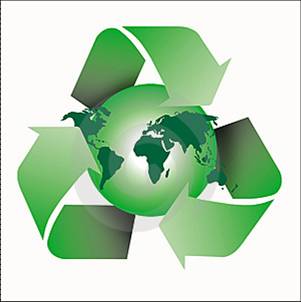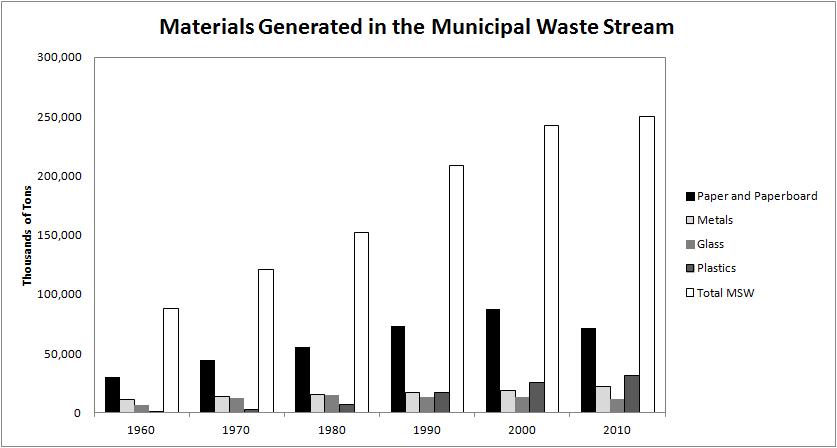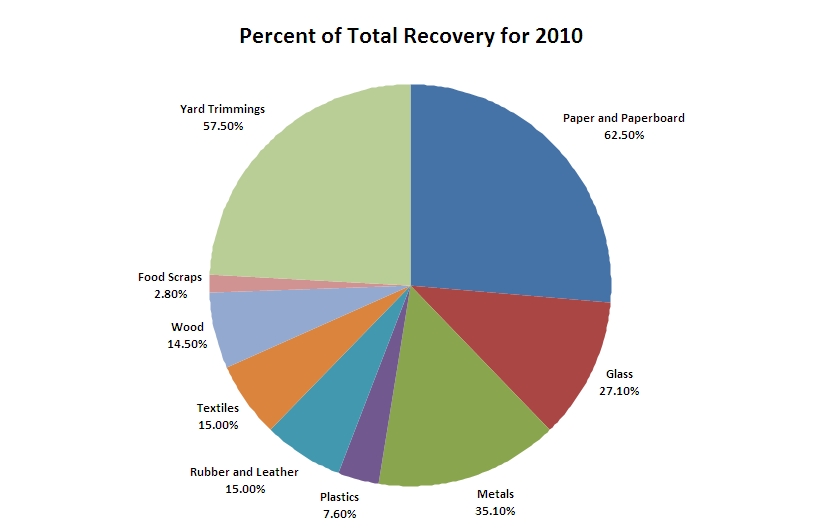Team:Alberta-North-RBI E/projectopportunity
From 2012e.igem.org
(→The Problem/Opportunity) |
|||
| Line 1: | Line 1: | ||
| + | {{UalbertaHeader}} | ||
| + | |||
| + | |||
{{UalbertaHeader}} | {{UalbertaHeader}} | ||
| Line 16: | Line 19: | ||
The major constituent of these paper fibres is cellulose, a homopolysaccharide made up of β-D-glucose. Ergo, the unusable, short fibre in the waste stream of paper recycling plants is a significant source of potentially exploitable cellulose. Aromatics represent a potentially lucrative chemical endpoint for this cellulose, having high price per unit mass and a sustainable market in both the pharmaceuticals and cosmetics industries. The conversion of this waste into valuable industrial chemicals is a relatively unexplored business opportunity and is desirable from the standpoint of green and clean processing. | The major constituent of these paper fibres is cellulose, a homopolysaccharide made up of β-D-glucose. Ergo, the unusable, short fibre in the waste stream of paper recycling plants is a significant source of potentially exploitable cellulose. Aromatics represent a potentially lucrative chemical endpoint for this cellulose, having high price per unit mass and a sustainable market in both the pharmaceuticals and cosmetics industries. The conversion of this waste into valuable industrial chemicals is a relatively unexplored business opportunity and is desirable from the standpoint of green and clean processing. | ||
| + | [[File:Waste_Generated.jpg|frame]] | ||
| + | [[File:Waste_Recovered.jpeg|frame]] | ||
| - | + | |} | |
| - | + | ||
{{UalbertaFooter}} | {{UalbertaFooter}} | ||
Revision as of 21:59, 9 October 2012


The Problem/Opportunity
|
Due to environmental concern, government regulations and economic considerations, there has been a consistent increased effort in recycling endeavours over the past years. Several hundred million metric tons of municipal solid waste is disposed of in Canada and the United States annually. Paper products alone account for approximately 45% of municipal solid waste by weight before recycling (N. Lark et al.). As a result, recycling paper products not only affects the upstream processes in paper production (where raw materials are acquired), but also has consequences on the downstream portion of paper use (waste-disposal).
|
 "
"








